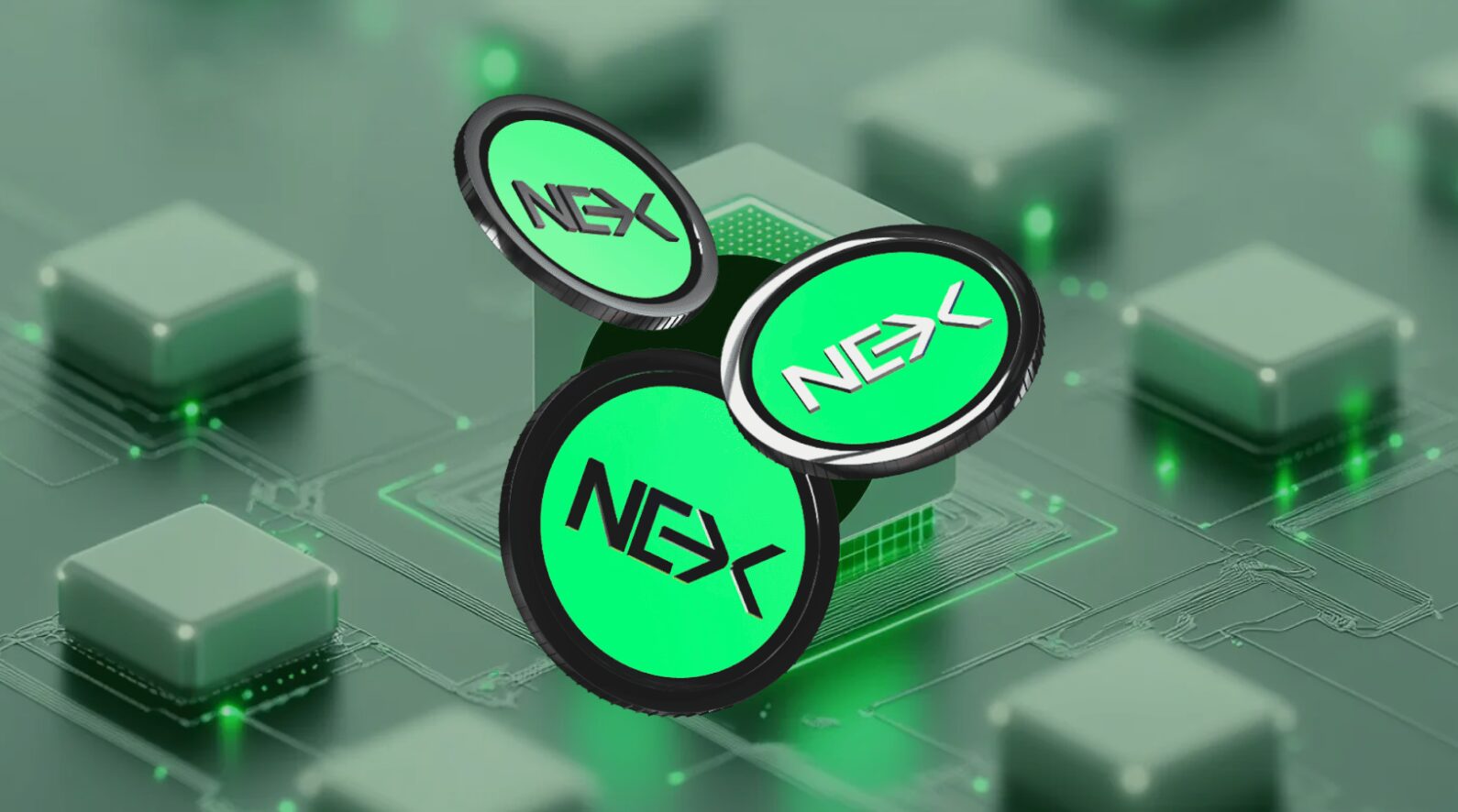BitcoinWorld

Institutional Crypto Adoption: Unveiling the Pivotal Coinbase-JPMorgan Partnership
The financial world is abuzz with a development that could redefine the relationship between traditional finance and the burgeoning digital asset space. A groundbreaking analysis from Wall Street asset manager and research service Bernstein has shed light on the strategic alliance between cryptocurrency giant Coinbase and banking behemoth JPMorgan. This isn’t just another partnership; it’s a profound indicator of the accelerating trend of institutional crypto adoption, suggesting that Coinbase is no longer seen merely as a trading platform but as a vital blockchain infrastructure provider for a titan like JPMorgan.
Unpacking the Coinbase-JPMorgan Alliance: A New Era for Institutional Crypto Adoption?
Bernstein’s insightful analysis, as reported by CoinDesk, posits that JPMorgan has made a calculated decision: to collaborate rather than compete with Coinbase. This move is particularly striking given JPMorgan CEO Jamie Dimon’s historically critical stance on cryptocurrencies. It signals a monumental shift in how established financial institutions are approaching the crypto sector, moving from skepticism and outright dismissal to strategic engagement and integration.
For years, the narrative around traditional finance and crypto was often one of friction and apprehension. Banks expressed concerns about volatility, regulatory uncertainty, and the nascent nature of digital assets. However, the landscape is rapidly evolving. This partnership underscores a growing recognition within Wall Street that digital assets are here to stay, and that engaging with leading crypto platforms is not just an option, but a strategic imperative.
- Strategic Shift: JPMorgan’s decision reflects a broader industry trend of embracing innovation rather than resisting it.
- Infrastructure Provider: Coinbase’s role is elevated from a simple exchange to a crucial infrastructure layer for large financial entities.
- Dimon’s Evolution: The partnership, despite Jamie Dimon’s past remarks, highlights the undeniable momentum of crypto.
- Future Blueprint: This collaboration could serve as a blueprint for other traditional institutions looking to enter the digital asset space.
Why is Coinbase Now a Core Blockchain Infrastructure Provider?
Bernstein’s observation that Coinbase functions as a ‘core blockchain infrastructure provider’ for JPMorgan is a crucial distinction. What does this truly mean? It implies that JPMorgan isn’t just using Coinbase to buy or sell crypto for its clients; it’s leveraging Coinbase’s underlying technology, security protocols, custody solutions, and perhaps even its blockchain expertise to build out its own digital asset capabilities. Coinbase offers:
Robust Custody Solutions: For institutional players, the secure storage of digital assets is paramount. Coinbase Custody is a regulated and highly secure cold storage solution designed specifically for institutions, offering comprehensive insurance and audit capabilities. This is far more complex than simply holding crypto on an exchange account.
Enterprise-Grade Trading Tools: Beyond simple spot trading, Coinbase offers advanced trading features, liquidity pools, and execution services tailored for institutional volumes. This includes access to deep liquidity across various digital assets, crucial for large-scale operations.
Regulatory Compliance Framework: Operating in the highly regulated financial sector, JPMorgan needs partners with a strong track record of regulatory compliance. Coinbase, being a publicly traded company in the U.S. and adhering to stringent regulatory standards, provides a level of comfort and legitimacy that many other crypto firms cannot.
Blockchain Technology Expertise: Coinbase has been at the forefront of blockchain innovation. Its experience in building and maintaining blockchain infrastructure, understanding network dynamics, and managing digital asset ecosystems makes it a valuable partner for a bank looking to integrate these technologies into its existing framework.
This multifaceted offering positions Coinbase not just as a venue for transactions, but as a foundational layer upon which traditional finance can build its future digital asset services. It’s about leveraging specialized capabilities that would be costly and time-consuming for a bank like JPMorgan to develop entirely in-house.
The Changing Tides: How Are Traditional Institutions Embracing Digital Assets?
The Coinbase-JPMorgan partnership is not an isolated incident but rather a prominent example of a broader trend. Traditional financial institutions (TradFi) are increasingly exploring and adopting digital assets for various reasons:
- Client Demand: A growing number of institutional clients, including hedge funds, asset managers, and even corporate treasuries, are seeking exposure to digital assets. Banks must adapt to meet this evolving demand.
- Technological Efficiency: Blockchain technology offers potential for increased efficiency, transparency, and reduced costs in areas like cross-border payments, trade finance, and securities settlement.
- New Revenue Streams: Digital assets present opportunities for new product offerings, such as crypto-backed loans, tokenized securities, and digital asset management services.
- Competitive Pressure: As some forward-thinking institutions embrace crypto, others risk being left behind in an increasingly digitized financial landscape.
While the pace of adoption varies, we are seeing major players like Fidelity, BlackRock, and BNY Mellon also making significant strides in offering crypto-related services. This often involves partnerships, investments in crypto firms, or the development of in-house digital asset divisions. The initial hesitation is giving way to a pragmatic recognition of the transformative potential of blockchain and digital assets.
Navigating the Future: What Are the Challenges and Opportunities for Institutional Crypto Adoption?
While the path to full institutional crypto adoption seems clearer, it is not without its hurdles. Both opportunities and challenges abound:
Opportunities:
- Market Expansion: Institutional capital brings significant liquidity and maturity to the crypto markets, potentially reducing volatility and increasing market depth.
- Product Innovation: Expect to see a proliferation of new financial products and services built on blockchain technology, from tokenized real-world assets to sophisticated derivatives.
- Regulatory Clarity: Increased institutional involvement often spurs regulators to provide clearer guidelines, which benefits the entire ecosystem by fostering greater trust and stability.
- Technological Advancement: As institutions invest in blockchain solutions, it will drive further innovation and efficiency in the underlying technology.
Challenges:
- Regulatory Uncertainty: Despite progress, a globally harmonized regulatory framework for digital assets is still a work in progress, creating compliance complexities.
- Security Risks: While robust, digital asset security remains a top concern, with institutions needing to mitigate risks of hacks, fraud, and operational errors.
- Scalability: Existing blockchain networks may need to scale further to handle the massive transaction volumes associated with traditional finance.
- Interoperability: Bridging traditional financial systems with decentralized blockchain networks requires complex technical solutions and standardization.
- Reputational Risk: Despite growing acceptance, some traditional institutions still perceive a reputational risk associated with the volatile and sometimes controversial crypto space.
Addressing these challenges will require ongoing collaboration between traditional finance, crypto innovators, and regulators to build a secure, efficient, and compliant digital asset ecosystem.
Actionable Insights for Investors and Industry Players
The Bernstein analysis and the Coinbase-JPMorgan partnership offer several key takeaways:
- Focus on Infrastructure: The value proposition of companies providing robust, secure, and compliant blockchain infrastructure (like Coinbase) is growing exponentially as institutions enter the space. These are the picks and shovels of the digital gold rush.
- Long-Term Vision: The shift from competition to collaboration by major banks like JPMorgan signals a long-term commitment to digital assets, moving beyond speculative trading to fundamental integration.
- Regulatory Evolution: Expect continued pressure for clearer regulatory frameworks as more institutional capital flows into crypto. This will likely bring both opportunities for compliant entities and challenges for those operating in grey areas.
- Diversification of Exposure: Investors might consider not just direct crypto assets, but also companies that facilitate institutional access and adoption, such as crypto custodians, infrastructure providers, and blockchain technology firms.
- Education is Key: Staying informed about these macro shifts in institutional behavior is crucial for anyone involved in or interested in the crypto market. The narrative is changing, and so should our understanding.
The implications of this partnership extend far beyond the two companies involved. It serves as a powerful testament to the irreversible momentum of digital assets and the pragmatic evolution of Wall Street’s engagement with this transformative technology. The era of genuine institutional crypto adoption is not just on the horizon; it’s unfolding before our eyes.
Summary: The Bernstein analysis of the Coinbase-JPMorgan partnership marks a watershed moment for institutional crypto adoption. It highlights Coinbase’s pivotal role as a core blockchain infrastructure provider, signifying a strategic shift by traditional finance from competition to collaboration. Despite Jamie Dimon’s past skepticism, JPMorgan’s embrace of Coinbase underscores the growing recognition of digital assets as an integral part of the future financial landscape. This collaboration sets a precedent, illustrating how Wall Street is navigating challenges like regulatory uncertainty and security concerns while seizing opportunities for market expansion and product innovation. The partnership is a clear signal that the integration of digital assets into mainstream finance is accelerating, promising a more mature, liquid, and innovative crypto ecosystem.
Frequently Asked Questions (FAQs)
Q1: What is the significance of the Coinbase-JPMorgan partnership?
A1: This partnership is significant because it signals a major shift in how traditional financial institutions are engaging with the crypto sector, moving from skepticism to strategic collaboration. It highlights the growing trend of institutional crypto adoption and validates Coinbase’s role as a key infrastructure provider.
Q2: How does Bernstein view Coinbase’s role in this partnership?
A2: Bernstein views Coinbase not merely as a simple exchange, but as a core blockchain infrastructure provider for JPMorgan. This means Coinbase is leveraged for its underlying technology, security, custody solutions, and expertise rather than just trading services.
Q3: Why is Jamie Dimon’s involvement noteworthy?
A3: Jamie Dimon, CEO of JPMorgan, has been a vocal critic of cryptocurrencies in the past. His bank’s partnership with Coinbase, despite his previous stance, underscores the undeniable momentum and increasing acceptance of digital assets within mainstream finance.
Q4: What are the main benefits of institutional crypto adoption?
A4: Benefits include increased market liquidity and maturity, the creation of new financial products and services, clearer regulatory guidelines, and accelerated technological advancements in the blockchain space.
Q5: What challenges do institutions face when adopting crypto?
A5: Key challenges include navigating regulatory uncertainty, mitigating security risks, ensuring blockchain scalability for large volumes, achieving interoperability between traditional and digital systems, and managing potential reputational risks.
If you found this analysis insightful, please share this article on your social media platforms to help spread awareness about the evolving landscape of institutional crypto adoption. Your support helps us continue to provide valuable insights into the digital asset world!
To learn more about the latest institutional crypto adoption trends, explore our article on key developments shaping the cryptocurrency sector’s future.
This post Institutional Crypto Adoption: Unveiling the Pivotal Coinbase-JPMorgan Partnership first appeared on BitcoinWorld and is written by Editorial Team





